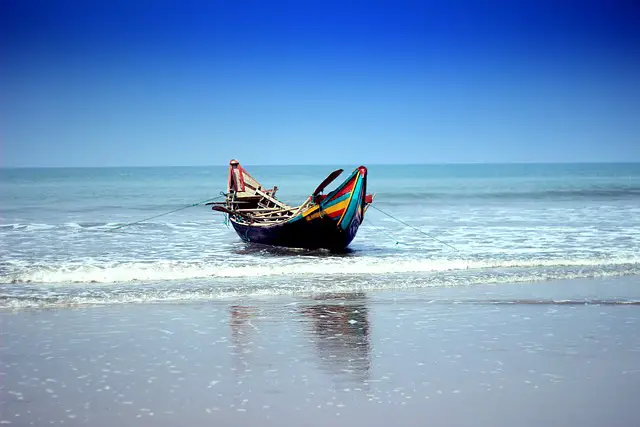💪 Support independent web, support us:
Cox’s Bazar is the longest natural beach in the world, located in Bangladesh.
2. Lalbagh Fort
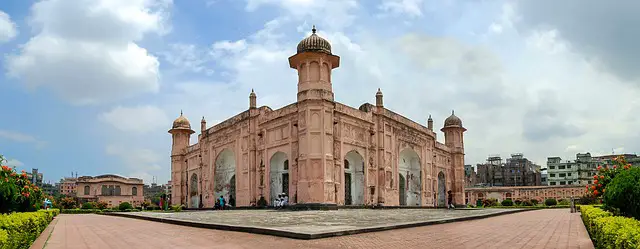
A 17th-century Mughal fort in Dhaka, Bangladesh.
Visit during the early morning or late afternoon when the weather is cooler.
3. Ahsan Manzil
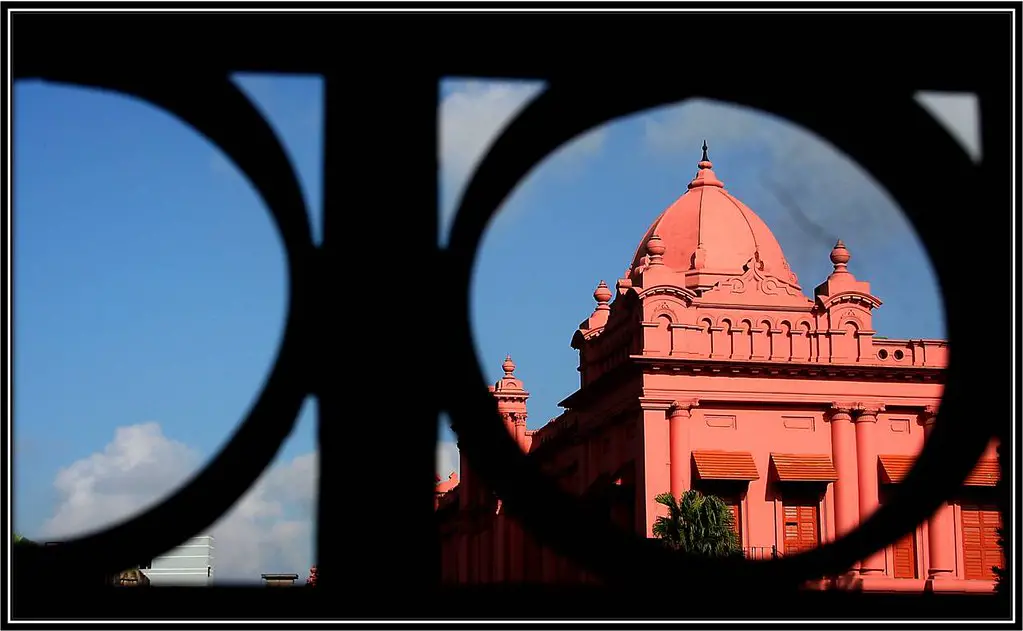
Historic palace-turned-museum in Dhaka, Bangladesh.
What to see or do: Admire the stunning pink facade of the palace and explore the beautifully preserved rooms that showcase the opulent lifestyle of the Nawabs of Dhaka.
Don’t miss: The stunning Ballroom with its crystal chandeliers and colorful stained glass windows, and the Durbar Hall, which served as the throne room for ceremonial events.
Insider travel tips: Check out the Audio-visual Room for a glimpse into the history of the palace and the Nawabs of Dhaka.
Also, visit in the morning or late afternoon to avoid the crowds and to capture the best photos of the palace from the outside.
4. Sundarbans
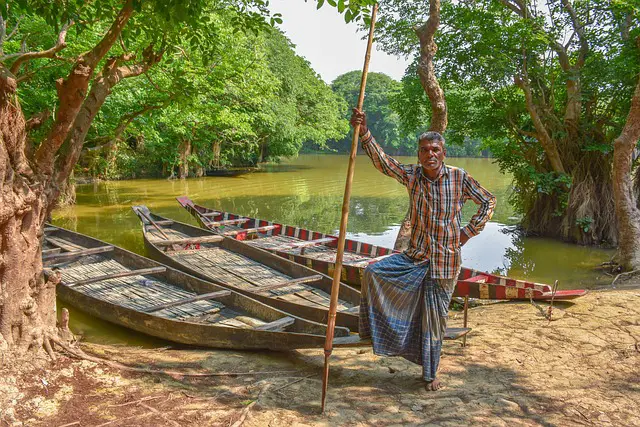
Sundarbans is a mangrove forest and UNESCO World Heritage site located in Bangladesh and India, spanning over 10,000 square kilometers.
What to see or do: – Look out for the majestic Royal Bengal Tigers, as Sundarbans is home to the world’s largest population of them.
Don’t miss: – The chance to explore the local villages and interact with locals who have been living in harmony with the forest for generations.
Insider travel tips: – The best time to visit is from December to February, during the winter season, as the weather is mild and pleasant.
5. Srimangal Tea Gardens
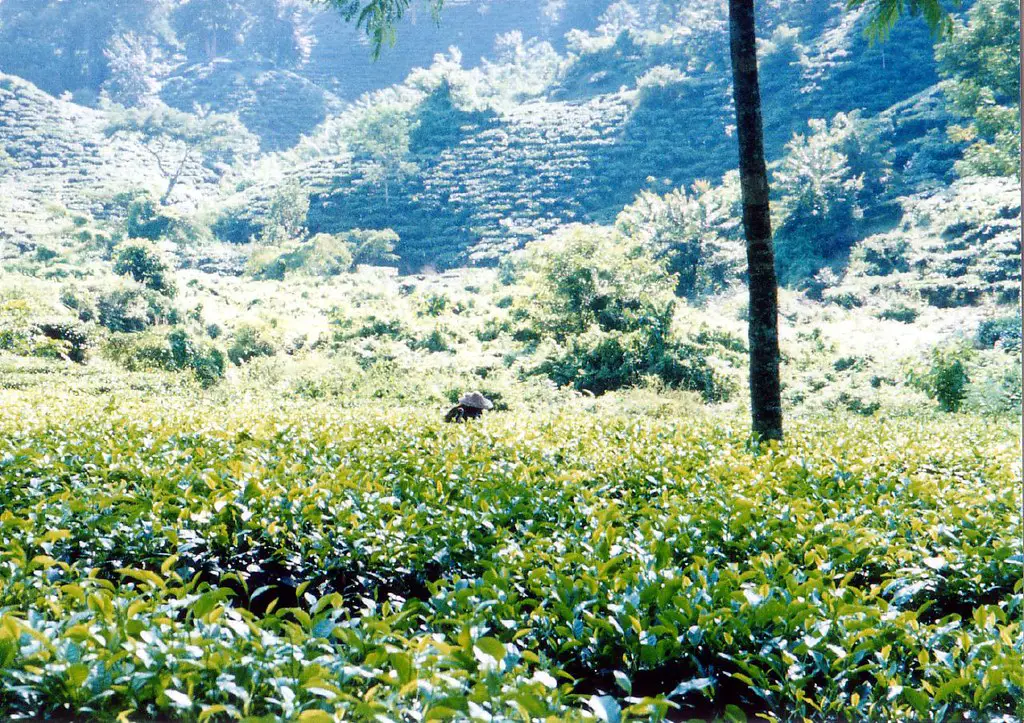
Sprawling tea plantations in Srimangal, a town in northeastern Bangladesh, famous for its tea production.
What to see or do: Take a guided tour of the tea gardens to learn about the tea making process, experience a tea-tasting session, and enjoy the serene beauty of the area.
Don’t miss: Visiting the Lawachara National Park, home to diverse flora and fauna, and trekking to Hamham Waterfall for a refreshing dip.
Insider travel tips: – Opt for a morning tour when the weather is pleasant and the garden workers are busy plucking fresh tea leaves.
6. Shat Gambuj Mosque

Shat Gambuj Mosque, also known as Sixty Dome Mosque, is one of the most significant medieval Islamic architectural structures located in Bagerhat, Bangladesh.
The mosque was built in the 15th century by Ulugh Khan Jahan, a Turkish general, during the Bengal Sultanate.
What to see or do: Visitors can explore the mosque’s intricate brickwork and arches, which showcase the unique style of Muslim architecture from the 15th century.
The central prayer hall is adorned with 77 domes supported by countless pillars, forming an impressive array of 60 domes covering the entire structure.
Visitors can appreciate the stunning calligraphy and carved stone decorations, and see how the mosque remains an important place of worship for Muslims in the region.
Don’t miss: Don’t miss the chance to climb to the top of the mosque’s minaret, which offers stunning panoramic views of the surrounding countryside.
Also, don’t miss the opportunity to see the six-calligraphy-inscribed black-stone slabs that are on display in the mosque’s museum.
Insider travel tips: It’s best to visit the mosque early in the morning or late in the evening to avoid crowds and the hot sun.
7. Somapura Mahavihara

Somapura Mahavihara is an ancient Buddhist monastery and UNESCO World Heritage Site located in Paharpur, Bangladesh.
What to see or do: Visitors can explore the ruins of the monastery, which include the remains of temples, shrines, courtyards, and other structures. There is also a museum on-site that displays artifacts from the monastery and provides information about its history and significance.
Don’t miss: The main attraction at Somapura Mahavihara is the impressive central temple, which stands 21 meters tall and features intricate carvings and artwork.
Visitors should also take time to wander through the courtyard and admire the remnants of the other structures.
Insider travel tips: To fully appreciate the monastery’s history and significance, visitors should hire a guide to lead them through the site. It’s also important to bring plenty of water and sun protection, as the site can get very hot and humid.
Finally, visitors should respect the site’s cultural and religious significance by dressing modestly and refraining from any disrespectful behavior.
8. Mahasthangarh
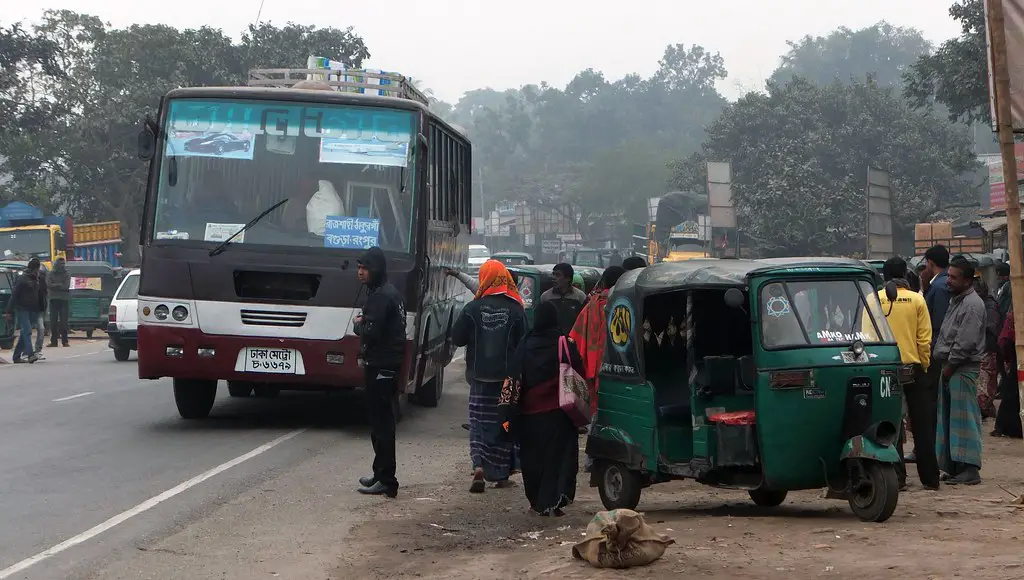
Mahasthangarh is an ancient archaeological site in Bogra, Bangladesh.
What to see or do: – Explore the ruins of ancient palaces, temples, fortresses, and water reservoirs.
Don’t miss: – The citadel mound, which is the highest point of the site and offers a panoramic view of the surrounding area.
Insider travel tips: – Plan your visit in the early morning or late afternoon to avoid the scorching sun.
9. Baitul Mukarram National Mosque
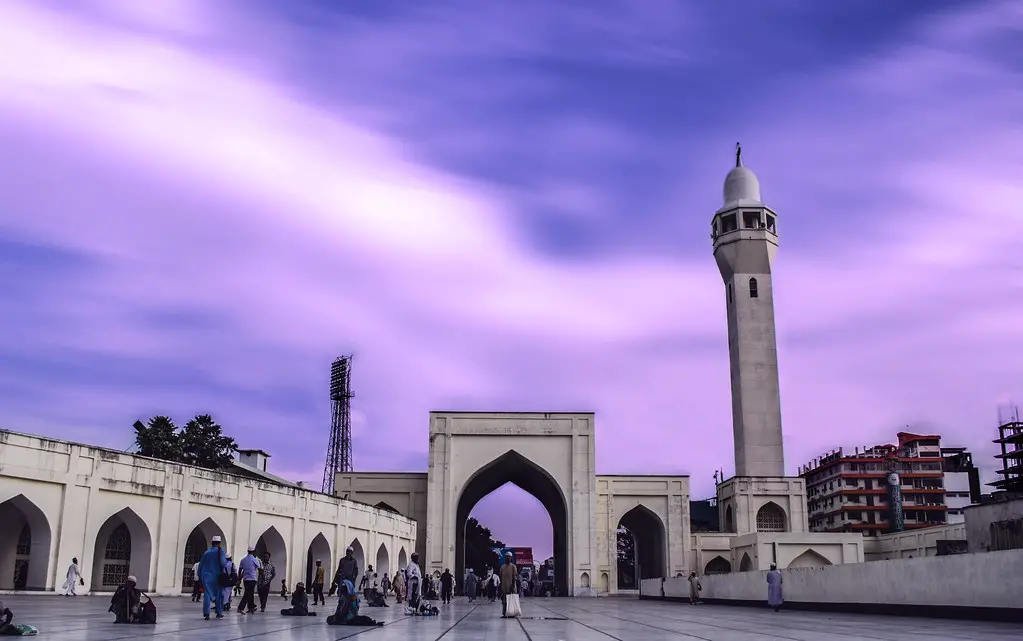
Baitul Mukarram National Mosque is the national mosque of Bangladesh located at the heart of the capital city, Dhaka.
What to see or do: Visitors can witness the majestic architecture of the mosque, featuring a blend of modern and traditional Islamic styles. The mosque boasts a stunning courtyard and a grand hall that can accommodate up to 30,000 worshippers.
Don’t miss: Don’t miss the opportunity to see the impressive minarets towering over the city and hear the call to prayer broadcasted across the area.
Insider travel tips: Women are required to wear a hijab while visiting the mosque, so be sure to carry one with you.
Also, it’s best to visit in the early morning or late afternoon to enjoy the cool breeze and avoid the crowds.
10. Cox’s Bazar Marine Drive

Cox’s Bazar Marine Drive is a scenic road that runs along the coastline of Cox’s Bazar, the longest natural sea beach in the world.
What to see or do: Take a leisurely drive or bike ride along the Marine Drive to enjoy stunning views of the Bay of Bengal and the picturesque surroundings.
You can also stop at several lookout points to capture amazing photos.
Don’t miss: Stop by the Inani Beach, which is located along the Marine Drive, to soak up the sun, swim in the crystal-clear waters, and enjoy delicious seafood at the beachside restaurants.
Insider travel tips: – The best time to visit Cox’s Bazar Marine Drive is during the off-season, which is from May to September, to avoid crowds and have a more peaceful experience.
11. Ratargul Swamp Forest

Ratargul Swamp Forest is the only freshwater swamp forest in Bangladesh and is located in the Sylhet region.
What to see or do: Visitors can explore the swamp forest via boat rides through the narrow channels, surrounded by lush green trees, and get up close with exotic birds and wildlife.
The forest also offers a peaceful escape from the bustling city life.
Don’t miss: The view from the watchtower overlooking the entire swamp forest is a must-see. The reflection of the forest on the clear water creates a stunning mirror image.
Insider travel tips: Visit during the monsoon season (June to September) when the forest is fully submerged in water, providing a unique experience. Hire a private boat for a more personalized tour and bring insect repellant as mosquitoes can be abundant.
12. Liberation War Museum

A museum in Dhaka, Bangladesh that documents the historic events of the Bangladesh Liberation War in 1971.
What to see or do: View exhibits including photographs, artifacts, and audio-visual displays that showcase the political and military aspects of the war. The museum also houses a library with a collection of books and documents related to the war and Bangladesh’s independence.
Don’t miss: The exhibits that shed light on the brutalities inflicted by the Pakistani army during the war, including the infamous killing of intellectuals.
Also, the simulation of a torture cell provides a haunting reminder of the atrocities committed during the war.
Insider travel tips: – Visitors are required to remove their shoes before entering the museum.
13. National Martyr’s Memorial

The National Martyr’s Memorial is a monument dedicated to the valiant souls who sacrificed their lives for the liberation of Bangladesh during the Liberation War of 1971.
What to see or do: The memorial site comprises the main monument, a museum, a library, a serene lake, and landscaped gardens.
Visitors can learn about the history of Bangladesh’s Independence War and pay homage to the freedom fighters who lost their lives.
Don’t miss: The main monument is a massive concrete structure with seven triangular structures, which symbolize the seven crucial aspects of the country’s independence struggle.
The monument looks especially breathtaking during sunset.
Insider travel tips: – Plan to visit during the cooler months of January to March when temperatures are more bearable.
14. National Parliament House
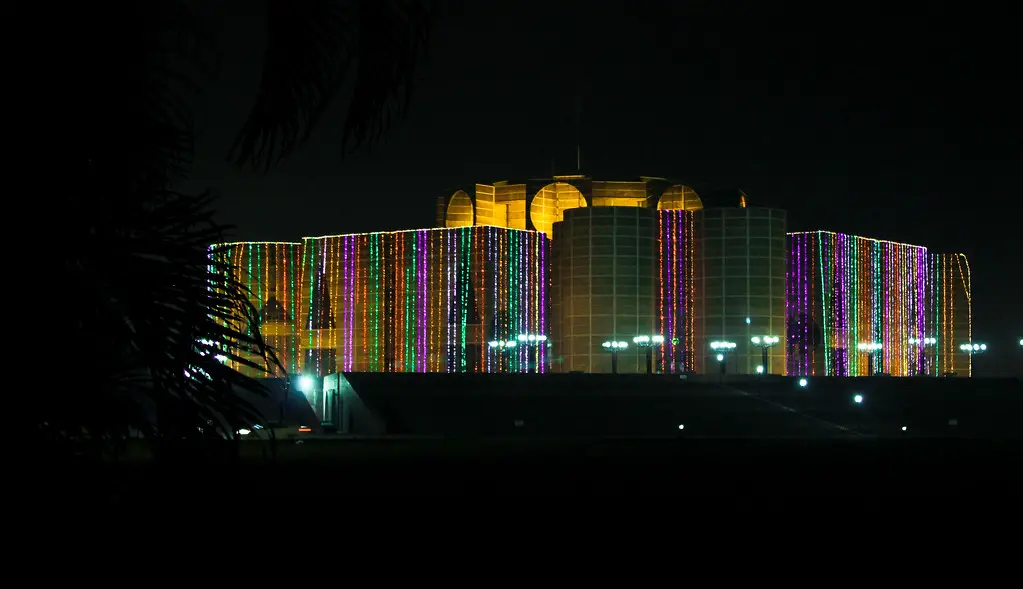
The National Parliament House (Jatiyo Sangshad Bhaban) is the seat of the Parliament of Bangladesh, located in Dhaka.
What to see or do: Visitors can take a guided tour of the impressive modernist building to see the House of Representatives and the Senate chambers, as well as the library, committee rooms, and other facilities.
The building is also surrounded by beautiful landscaped gardens.
Don’t miss: The impressive architecture of the building, designed by famous American architect Louis Kahn, is a must-see. Make sure to also check out the National Martyr’s Memorial, located nearby.
Insider travel tips: Visitors are only allowed to enter with a guided tour, which can be arranged at the visitors’ center on the premises.
It is important to dress modestly and take off your shoes when entering the building. Photography is not allowed inside the chambers.
15. Khan Jahan Ali’s Tomb
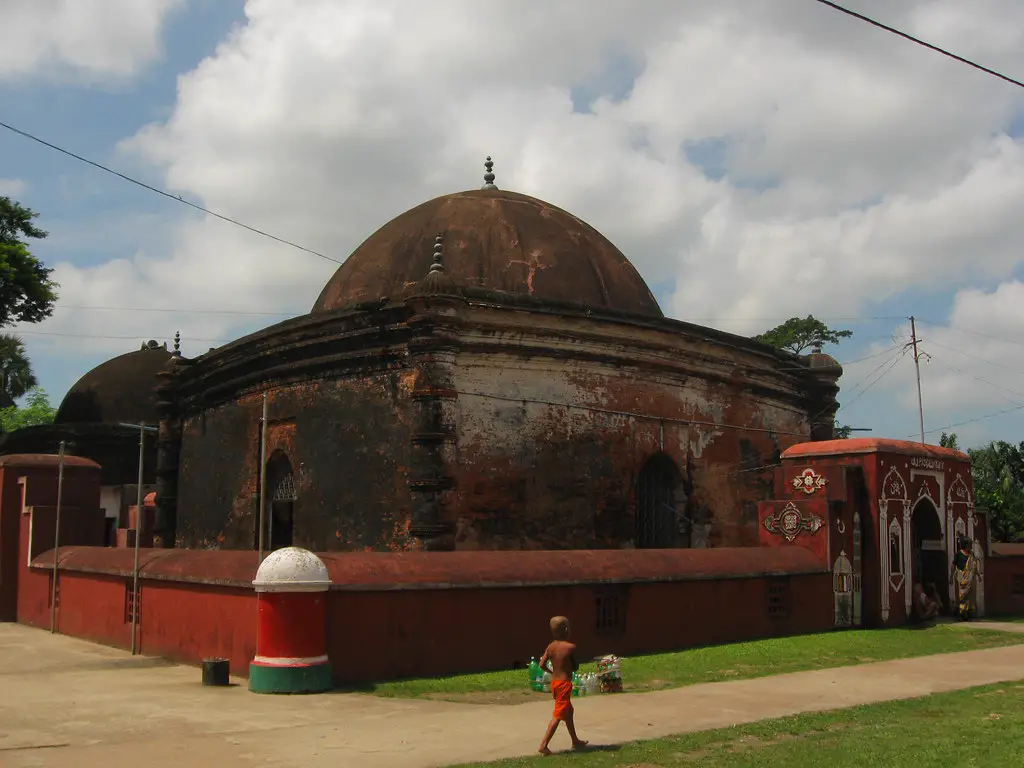
The Tomb of Khan Jahan Ali is a mausoleum located in Bagerhat, Bangladesh.
It was built in the 15th century by Khan Jahan Ali, a local ruler who played a vital role in the development of Islam in the region.
What to see or do: The tomb is a beautiful example of Mughal architecture, featuring intricate brickwork and terracotta decoration. Inside, there are several graves, including that of Khan Jahan Ali himself.
Visitors can also explore the surrounding complex, which includes a mosque, a madrasa, and a pond.
Don’t miss: Be sure to take in the stunning view of the surrounding countryside from the top of the tomb. It’s a great photo opportunity!
Insider travel tips: – Make sure to wear clothes that cover your shoulders and knees as a sign of respect when visiting the mosque and tomb complex.
16. Paharpur Buddhist Monastery
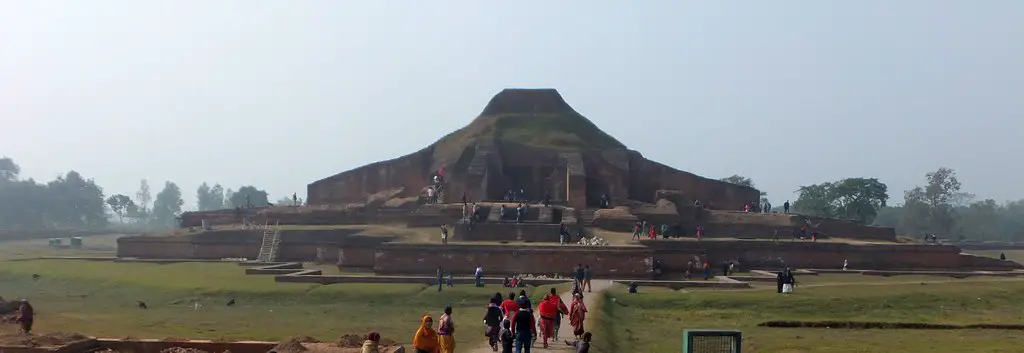
Paharpur Buddhist Monastery, also known as the Somapura Mahavihara, is an ancient archaeological site located in the northwest region of Bangladesh.
What to see or do: Explore the impressive remains of the 8th-century monastery, including the central temple, extensive courtyard, and numerous smaller shrines and stupas. Marvel at the intricate terracotta and stone carvings that adorn the buildings, depicting scenes from Buddhist scripture and everyday life.
Don’t miss: The opportunity to visit the adjacent archaeological museum, which features a range of artifacts and exhibits related to the history and culture of the monastery and the surrounding region.
Insider travel tips: – Visit early in the morning or late in the day to avoid the crowds and enjoy the peaceful atmosphere of the site.
17. Curzon Hall

Curzon Hall is a British-era mansion located in Dhaka, the capital city of Bangladesh.
What to see or do: Visitors can tour the palace, which has been renovated and turned into a museum showcasing the history and culture of Bangladesh.
Its beautiful architecture and interior decor will take you back to the colonial era.
Don’t miss: The beautiful gardens surrounding the mansion are a must-see and a perfect place for a picnic or a quiet stroll. Don’t forget to take pictures of the stunning building and gardens!
Insider travel tips: Visit the museum early in the morning to avoid the crowds and the afternoon heat.
18. Dhanmondi Lake
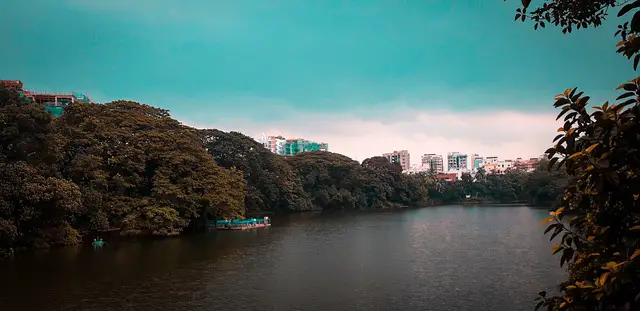
A manmade lake located in the Dhanmondi residential area of Dhaka, Bangladesh.
What to see or do: Visitors can enjoy a peaceful walk or bicycle ride along the paved path that encircles the lake. There are also several small parks and children’s playgrounds nearby.
Don’t miss: The beautiful views of the lake at sunset and the colorful boats that can be rented for a relaxing boat ride.
Insider travel tips: Visit on weekdays to avoid the crowds that tend to gather on weekends. Also, be sure to try the street food and snacks available from vendors around the lake.
19. Bangabandhu Sheikh Mujibur Rahman Novo Theatre
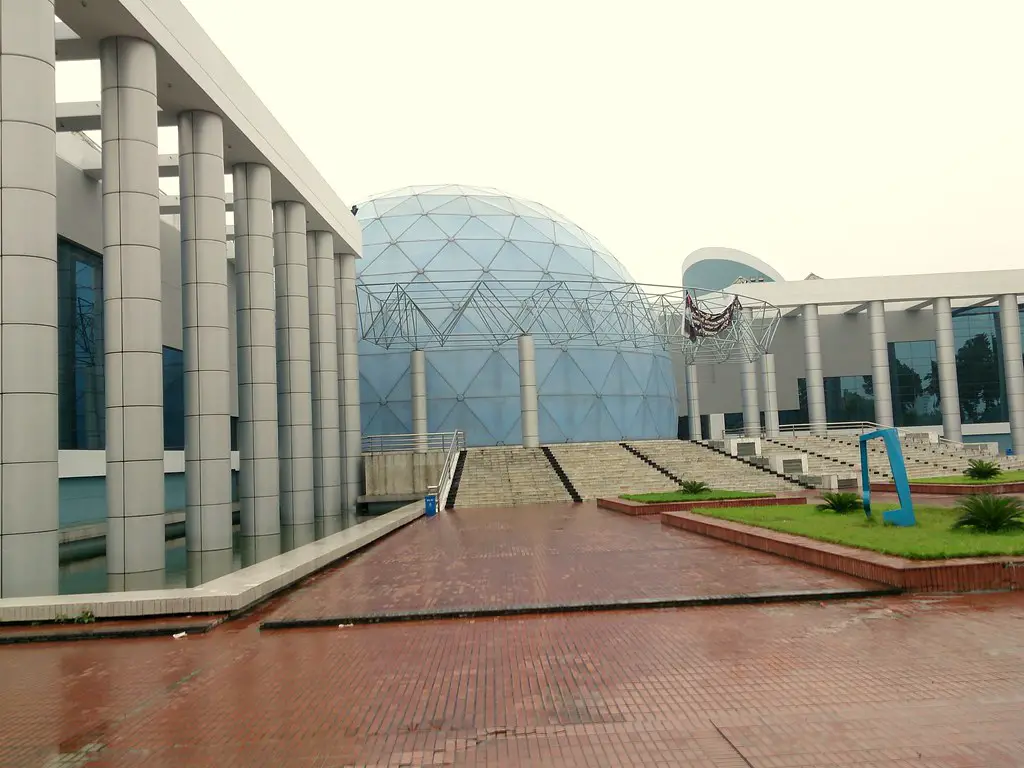
The Bangabandhu Sheikh Mujibur Rahman Novo Theatre is a state-of-the-art planetarium and science museum located in Dhaka, Bangladesh.
What to see or do: Visitors can enjoy multimedia shows, interactive exhibits, and educational programs related to science and technology.
The planetarium offers a breathtaking view of the universe with its high-resolution projection system, and the museum boasts a vast collection of artifacts and displays focusing on different aspects of science.
Don’t miss: The 3D movie shows on space, dinosaurs, and underwater life are not to be missed. The Digital Space Theatre inside the planetarium provides a virtual experience of surreal imagery.
The laser shows held during special events are a must-watch, as they create a stunning display of lights and colors.
Insider travel tips: Make sure to check the showtimes in advance, especially if you plan to visit during peak hours. The entrance fee is nominal, and photography is allowed inside the premises, except for the planetarium dome.
The museum staff are knowledgeable and friendly, so don’t hesitate to ask them any questions.
20. Ramna Park
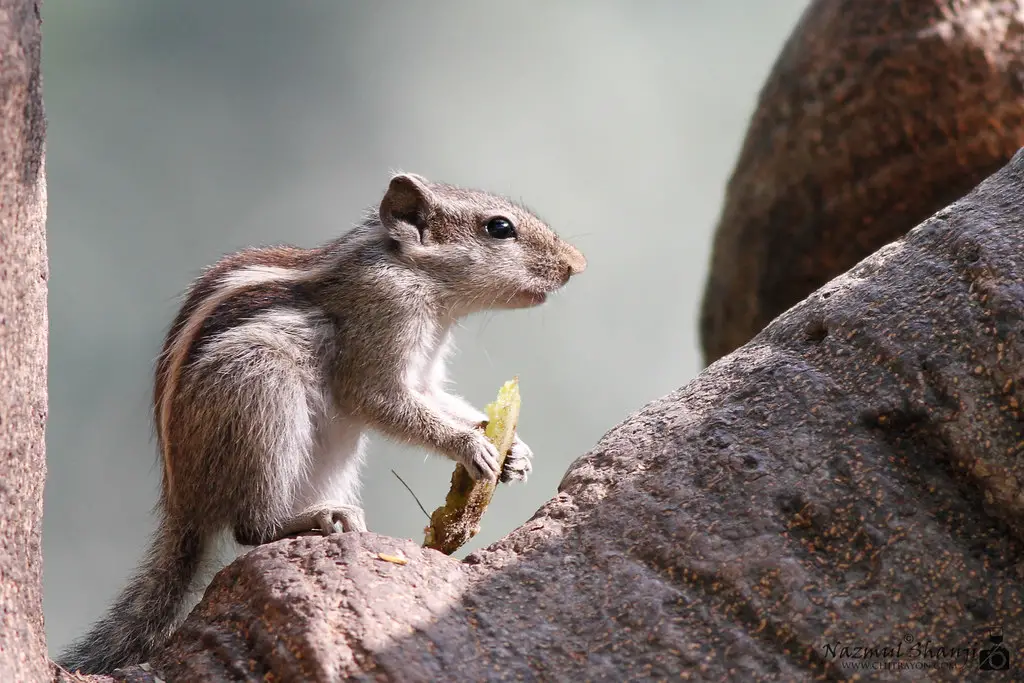
A large public park located in the heart of Dhaka, Bangladesh.
What to see or do: Take a stroll around the park and enjoy the peaceful surroundings, see the various sculptures and monuments, enjoy a picnic, or attend one of the many cultural events that take place at the park.
Don’t miss: The famous Ramna Green Mosque, one of the most iconic landmarks in Dhaka.
Insider travel tips: Visit the park during the early morning hours to avoid the crowds and enjoy the serene atmosphere. Be sure to bring insect repellent as mosquitos can be quite common in the area.
Plan to spend at least a few hours at the park to fully appreciate its beauty and tranquility.
21. Jaflong

Jaflong is a small yet stunning town located in the northeastern region of Bangladesh, known for its breathtaking natural beauty and unique cultural heritage.
What to see or do: – Visit the enchanting Jaflong Zero Point, where the crystal clear water of the Piyain River merges with the color-changing tides of the Jaflong River.
Don’t miss: – The breathtaking view of the Jaflong Zero Point during sunset.
Insider travel tips: – Plan your visit during the winter season (December-February) to enjoy the clear sky, moderate weather, and the best view of the natural surroundings.
22. Chittagong Commonwealth War Cemetery
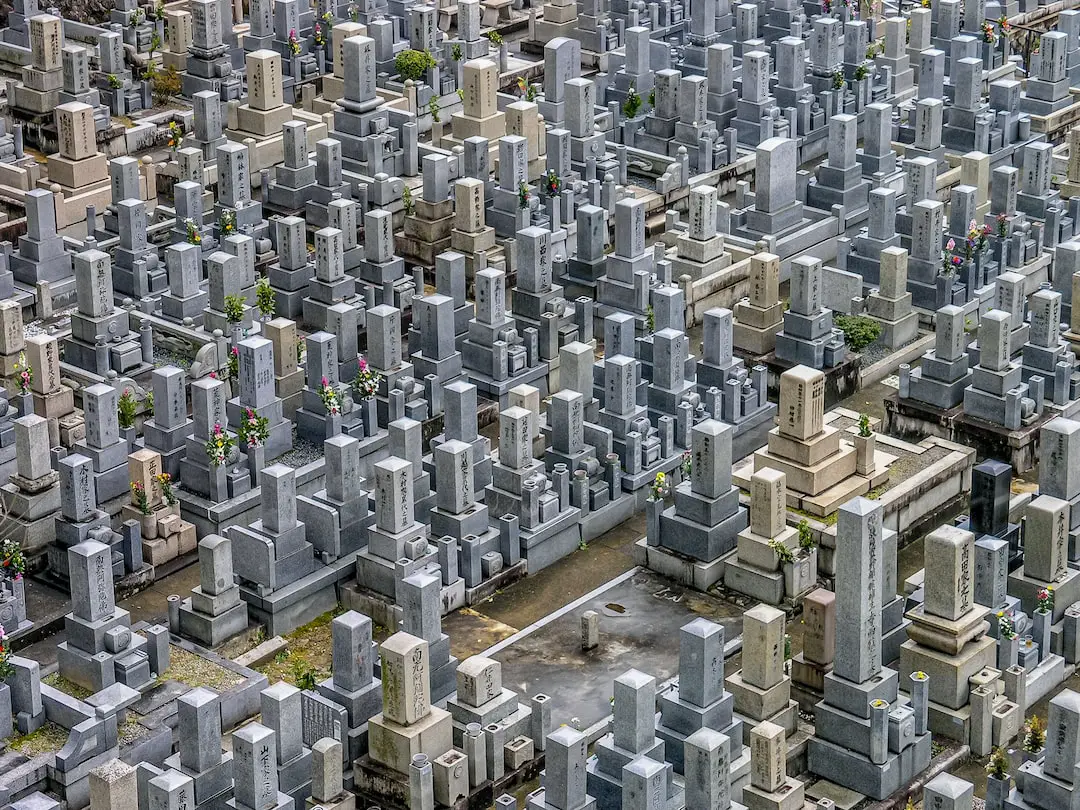
Chittagong Commonwealth War Cemetery is a memorial to the soldiers of the Commonwealth nations who perished in World War II.
What to see or do: Visitors can see the graves of soldiers who died in battle, as well as memorials to those whose bodies were never found.
The cemetery is well-maintained and serves as a solemn reminder of the sacrifices made during the war.
Don’t miss: The cemetery also contains a memorial to Indian soldiers who fought in the war. Visitors should take a moment to pay their respects at this memorial.
Insider travel tips: – The cemetery is located next to the Chittagong Club, and visitors can combine a visit to the cemetery with a meal or drink at the club.
23. Bangabandhu Memorial Museum
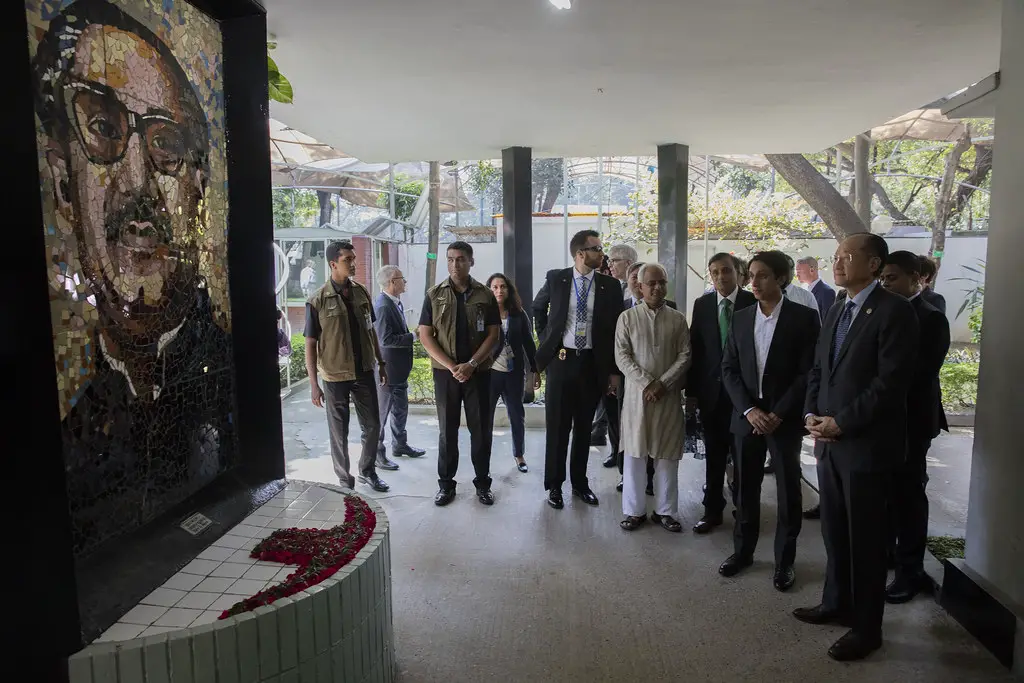
Bangabandhu Memorial Museum is a historic site in Dhaka, Bangladesh dedicated to the life and legacy of Bangabandhu Sheikh Mujibur Rahman, the founding father of the nation.
What to see or do: Visitors can explore the museum’s galleries and exhibits, which include personal artifacts, photographs, and documents chronicling the life and political career of Bangabandhu Sheikh Mujibur Rahman.
The museum also houses a library with a vast collection of books and publications on the history of Bangladesh.
Don’t miss: The main attraction of the museum is Mujib’s Dhanmondi 32 residence, where he lived with his family until he was assassinated in 1975.
Here, visitors can see the preserved rooms and furniture, including his study and bedroom. The museum also has a beautiful landscaped garden outside.
Insider travel tips: – Visitors should wear modest clothing and remove their shoes before entering the museum.
24. Hussaini Dalan
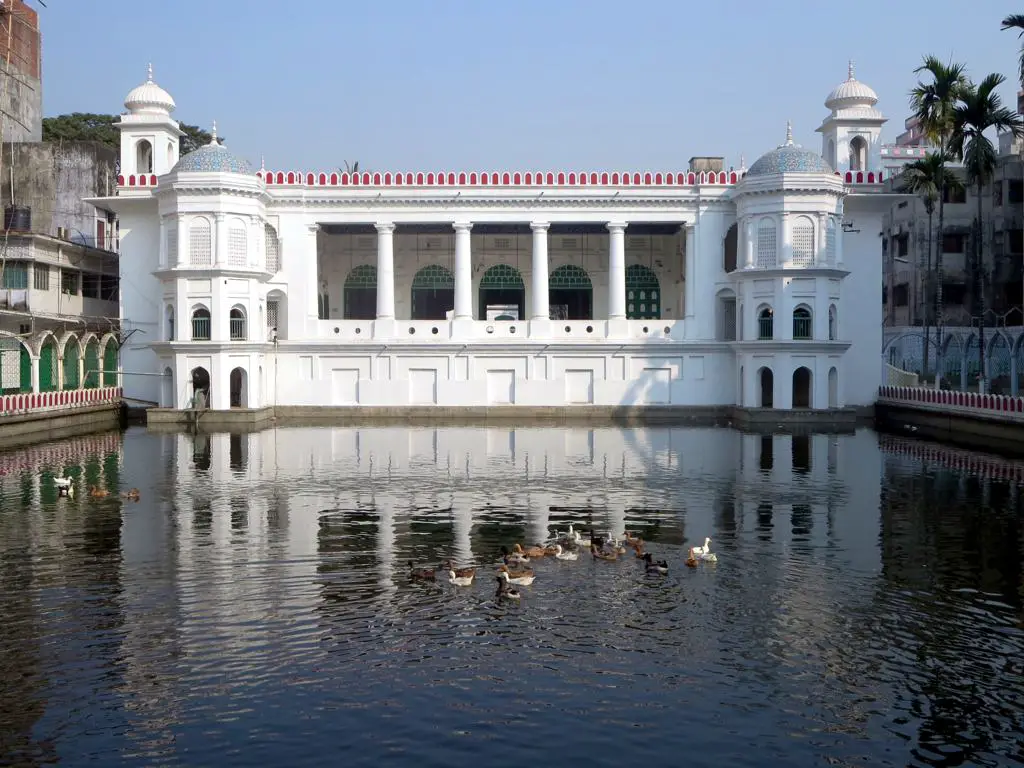
A historical Mughal-style mosque located in Old Dhaka, Bangladesh.
What to see or do: Admire the stunning architectural features of the mosque, including its intricate tile work, ornate domes, and beautiful archways. Take a guided tour of the mosque to learn about its history and significance.
Don’t miss: The impressive Shahnaj Husaini Qur’an, which dates back to the 17th century and is considered a national treasure of Bangladesh.
Insider travel tips: It is recommended to dress modestly when visiting the mosque and remove your shoes before entering. Visit during the early morning or late afternoon to avoid crowds and to experience the mosque in the tranquil light.
25. Sangu River
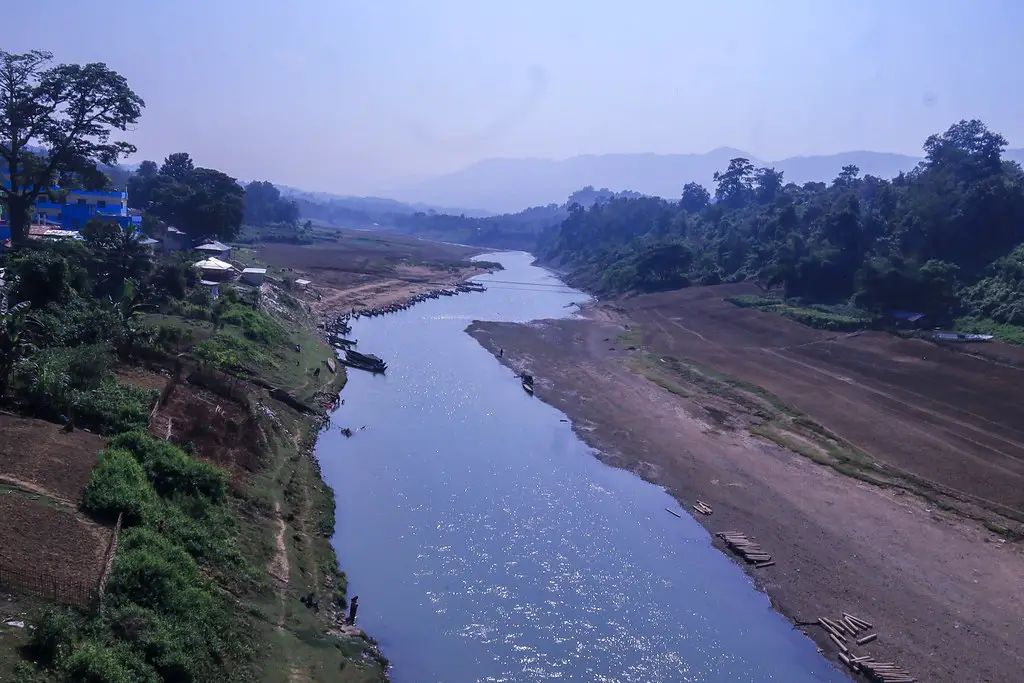
A river that flows through the Indonesian island of Java.
What to see or do: Enjoy the scenic views of the river while rafting, kayaking, or simply taking a leisurely boat ride.
Don’t miss: The breathtaking waterfalls along the river, such as the Curug Cipendok, Curug Cipamingkis, and Curug Cijalu.
Insider travel tips: Hire a local guide to navigate the river and point out hidden gems along the way. Wear appropriate clothing and gear for water activities and be cautious of the strong currents during the rainy season.
26. Mainamati Ruins
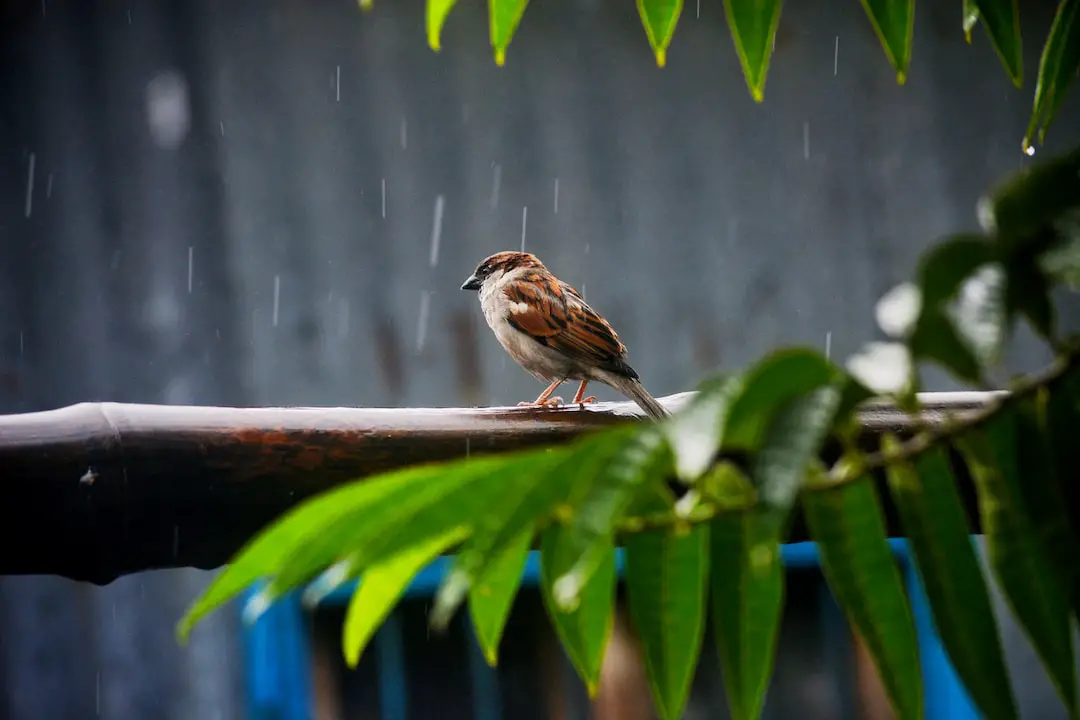
Mainamati Ruins is an ancient Buddhist archaeological site in Comilla, Bangladesh.
What to see or do: Visitors can explore the remains of 50 ancient Buddhist temples, stupas, and viharas spread across 10 square kilometers.
Don’t miss: The Mainamati Museum, which houses a remarkable collection of Buddhist sculptures, inscriptions, and terracotta plaques found at the site.
Insider travel tips: – Hire a local guide to understand the site’s significance and history.
27. Tajhat Palace
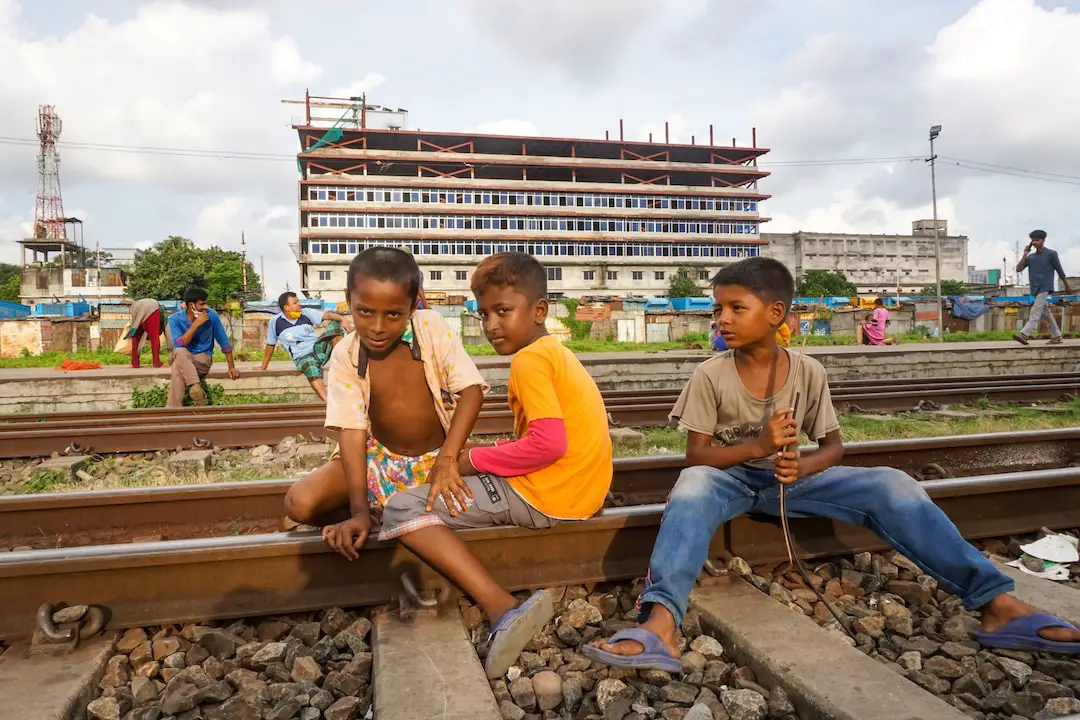
Tajhat Palace is an old palace that’s turned into a museum in Rangpur, Bangladesh.
What to see or do: The palace grounds boast intricate gardens and ponds, while inside, visitors can take in the palace’s unique blend of Mughal and European architectural styles.
Each room of the palace is furnished with antiquities iconic of the Bengali aristocracy.
Don’t miss: Do not miss the intricate metal work and stonework found throughout the palace. Additionally, take careful note of the intricate floral motifs lining the building.
Insider travel tips: It is best to visit Tajhat Palace in the morning when the sun is not too intense. Local guides are available to explain the different parts of the palace.
Also, be sure to dress modestly to show respect for the site.
28. Hiron Point
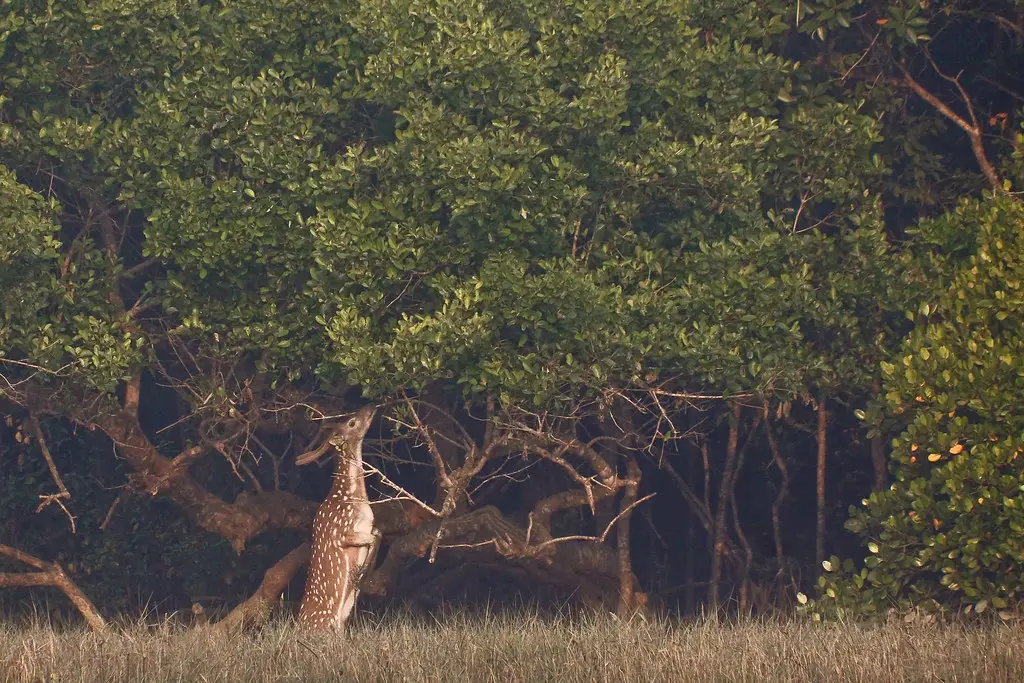
Hiron Point is a popular wildlife sanctuary located in the Sundarbans, the world’s largest mangrove forest.
What to see or do: Visitors can take a guided boat tour through the sanctuary and spot a wide variety of animals such as Bengal tigers, spotted deer, estuarine crocodiles, and various species of birds.
Don’t miss: The highlight of the sanctuary is the chance to see the elusive Bengal tiger in its natural habitat. Visitors can also witness a stunning sunset over the mangrove forest.
Insider travel tips: It’s recommended to visit the sanctuary during the winter months (November to February) when the weather is cool and dry, making it easier to spot animals.
Also, be sure to bring insect repellent as mosquitoes can be abundant in the area. It’s also important to follow the instructions of the guide to ensure safety.
29. Lalmai Hills
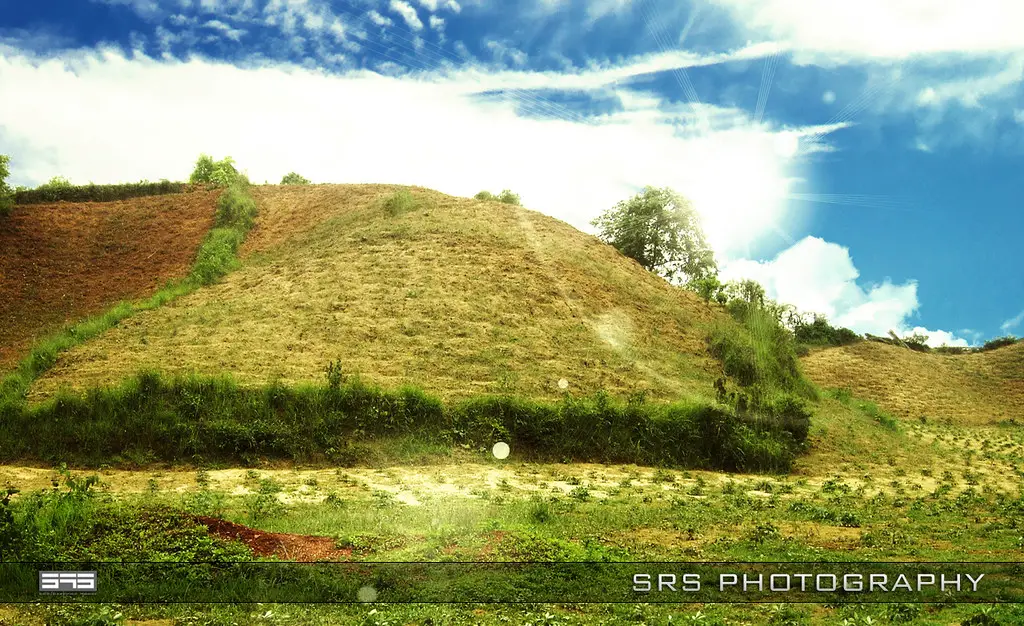
Lalmai Hills is a group of small hills located in Comilla district, Bangladesh.
What to see or do: The hills are home to many ancient Buddhist ruins, including the ruins of the Mainamati monastery, which is a UNESCO World Heritage Site.
Visitors can explore the archaeological sites and learn about the history of Buddhism in Bangladesh.
Don’t miss: The Shalban Vihara is one of the most prominent sites in the area, featuring ruins of a 7th-century Buddhist monastery. Also, check out the Mainamati Museum, which has a collection of archaeological artifacts.
Insider travel tips: It is best to visit Lalmai Hills during the dry season (November to February), as the hills are prone to landslides during the monsoon season.
Visitors should also wear comfortable shoes as there is a lot of walking involved. Finally, it’s recommended to hire a local guide to fully appreciate the history and significance of the area.
💪 Support independent web, support us:
